
Introduction: Why Certification Choice Matters in Emergencies
When a patient collapses, seconds count—but not all resuscitation protocols are created equal. While CPR is the most recognizable life-saving technique, advanced certifications like ACLS (Advanced Cardiac Life Support), BLS (Basic Life Support), and PALS (Pediatric Advanced Life Support) exist for specific medical scenarios. Choosing the wrong protocol could mean:
- Wasting critical time on ineffective interventions
- Using incorrect drug dosages
- Failing to recognize specialized emergencies like pediatric arrhythmias
This guide goes beyond basic comparisons to explore: ✔ Precision differences in drug administration ✔ Certification pathways for healthcare roles ✔ Equipment variations you've never noticed ✔ Real-world application case studies
Whether you're a medical student selecting certifications or a hospital administrator updating training protocols, these insights could redefine your emergency response strategy.
1. Target Patient Populations: More Than Just Age Differences
CPR (Cardiopulmonary Resuscitation)
- For: All ages in cardiac arrest
- Key Limitation: No advanced airway or medication support
- Little-Known Fact: The 2020 AHA guidelines emphasize that bystander CPR doubles or triples survival rates
BLS (Basic Life Support)
- For: Adults and children >8 years
- Critical Upgrade from CPR: Includes:
- Bag-valve mask (BVM) ventilation
- Team dynamics for healthcare providers
- Opioid overdose response (naloxone administration)
ACLS (Advanced Cardiac Life Support)
- For: Complex adult emergencies
- Specializations:
- 12-lead EKG interpretation
- Post-cardiac arrest care
- Toxicologic emergencies (e.g., beta-blocker overdose)
PALS (Pediatric Advanced Life Support)
- For: Infants and children through puberty
- Unique Elements:
- Broselow tape for weight-based dosing
- Neonatal transition protocols
- Respiratory failure emphasis (vs. cardiac in ACLS)
Clinical Insight: PALS algorithms differ most significantly—pediatric arrests are often respiratory-first events rather than cardiac.
2. Certification Requirements: What You Really Need to Know
| Certification | Training Hours | Prerequisites | Exam Pass Rate | Renewal |
|---|---|---|---|---|
| Heartsaver CPR | 2-4 | None | 98% | 2 years |
| BLS Provider | 4-6 | None (but medical background recommended) | 92% | 2 years |
| ACLS | 12-16 | BLS + EKG competency | 83% | 2 years |
| PALS | 12-14 | BLS + pediatric knowledge | 79% | 2 years |
Surprising Fact: Many hospitals now require BLS for all staff—including non-clinical personnel—while ACLS is typically mandated only for:
- Emergency department teams
- ICU staff
- Cardiac catheterization lab personnel
3. Equipment Differences: What's in Each Protocol's Toolkit
CPR/BLS Level
- AED with pediatric pads
- Pocket mask
- Naloxone kit (new addition for opioid crises)
ACLS Level
- Manual defibrillator
- Endotracheal intubation kit
- IV/IO access equipment
- Cardiac monitor with 12-lead capability
PALS Level
- Pediatric-sized BVMs (450ml vs. 1500ml adult)
- Length-based resuscitation tapes
- Intraosseous needles for infants
Pro Tip: Many ACLS carts contain both adult and pediatric equipment—but using them requires proper training.
4. Medication Protocols: A Life-or-Death Difference
| Drug | CPR | BLS | ACLS | PALS |
|---|---|---|---|---|
| Epinephrine | ❌ | ❌ | ✔ (1mg q3-5min) | ✔ (0.01mg/kg) |
| Amiodarone | ❌ | ❌ | ✔ (300mg bolus) | ❌ |
| Adenosine | ❌ | ❌ | ✔ (6-12mg rapid IV) | ✔ (0.1mg/kg) |
| Naloxone | ❌ | ✔ (new guidelines) | ✔ | ❌ |
Critical Insight: PALS uses weight-based dosing for all medications, while ACLS typically uses fixed adult doses.
5. Real-World Applications: When Each Protocol Shines
CPR Scenario
- Situation: Tourist collapses at airport
- Response: Bystander performs hands-only CPR until AED arrives
BLS Hybrid Scenario
- Situation: Nursing home resident in respiratory arrest
- Response: Staff uses BVM while awaiting EMS (who will upgrade to ACLS)
ACLS Scenario
- Situation: Hospital patient with pulseless VT
- Response: Code team administers:
- 200J defibrillation
- Epinephrine 1mg IV
- Amiodarone 300mg IV
PALS Scenario
- Situation: 4-year-old with septic shock
- Response: Team calculates:
- 0.01mg/kg epinephrine
- 20ml/kg fluid bolus
- Proper-sized BVM
FAQ: Answering Your Critical Certification Questions
Q: What’s the difference between CPR and BLS certification?
A: The primary difference between CPR and BLS certification is that CPR focuses on basic life-saving techniques, while BLS (Basic Life Support) is designed for healthcare professionals and includes more advanced skills such as airway management, use of an automatic external defibrillator (AED), and team dynamics in a medical emergency.
Q: Who should select the ACLS course?
A: The Advanced Cardiac Life Support (ACLS) course is intended for healthcare professionals who respond to cardiovascular emergencies. This includes doctors, nurses, paramedics, and other healthcare workers who require advanced training in managing cardiac arrest and other cardiovascular emergencies.
Q: What is covered in a standard CPR and AED course?
A: A standard CPR and AED course typically covers essential skills such as performing chest compressions, using an AED, and managing choking situations in adults. It often includes training on responding to emergencies involving infants and children, but pediatric advanced life support (PALS) certification is recommended for those who specifically work with this age group.
Q: What’s the difference between ACLS and PALS certification?
A: ACLS certification is focused on adults and cardiovascular emergencies, while Pediatric Advanced Life Support (PALS) certification is specifically designed for healthcare professionals who manage emergencies in infants and children. PALS includes age-specific considerations and interventions that are not covered in ACLS.
Q: Can I take a first aid course online?
A: Yes, many organizations, such as the American Heart Association and the Red Cross, offer first aid courses online. However, practical skills demonstrations may require in-person attendance. It's essential to select a course that provides a certification upon completion, which employers recognize.
Q: What skills are included in CPR classes?
A: CPR classes include essential skills such as performing chest compressions, rescue breaths, using an AED, and recognizing the signs of choking. These classes often provide hands-on practice to ensure participants can effectively perform these skills in real-life situations.
Q: What does BLS provide that standard CPR does not?
A: BLS provides advanced techniques not included in standard CPR, such as airway management, the use of an AED in a team setting, and the assessment of patient conditions. It is designed for healthcare professionals who need to respond to more complex emergency situations.
Q: Is CPR certification necessary for all healthcare professionals?
A: CPR certification is often required for all healthcare professionals as part of their training. It ensures they have the necessary skills to respond to cardiac emergencies in their work environment. Many employers require current CPR and BLS certification as a condition of employment.
Q: How often should I renew my ACLS or BLS certification?
A: Most organizations recommend renewing your ACLS or BLS certification every two years to ensure that you are up-to-date with the latest guidelines and techniques for cardiac and emergency care.
The Bottom Line: Building Your Life-Saving Skillset
Choosing certifications isn't just checking boxes—it's building a strategic clinical toolkit:
- For Laypersons: Heartsaver CPR + AED
- Healthcare Students: BLS
- ER/ICU Staff: BLS + ACLS
- Pediatric Providers: BLS + PALS
Pro Tip: Many institutions offer combined ACLS/PALS courses for maximum efficiency.


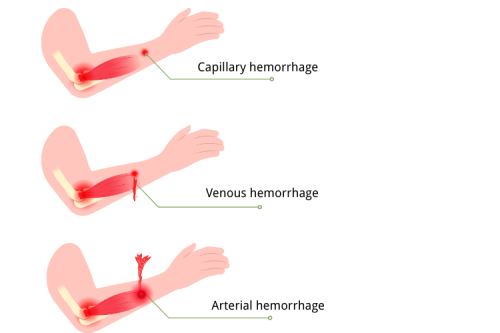
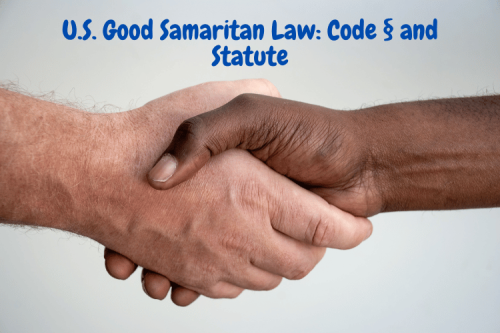
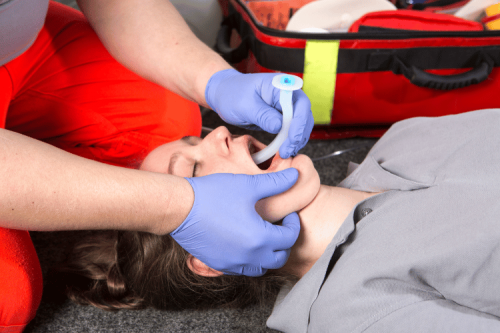
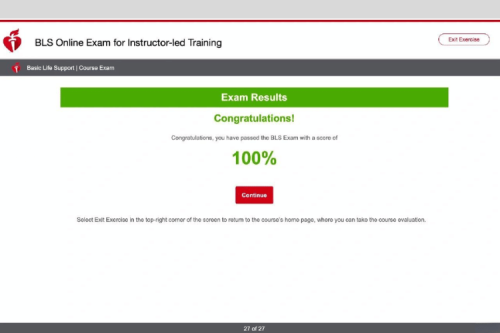
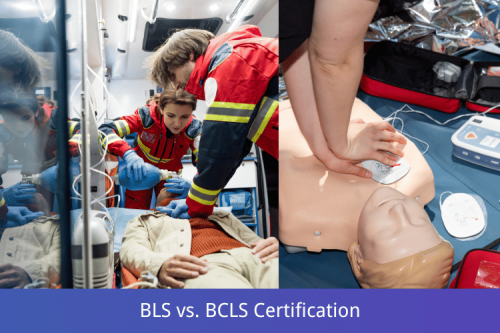

 Login with Google
Login with Google Login with Facebook
Login with Facebook